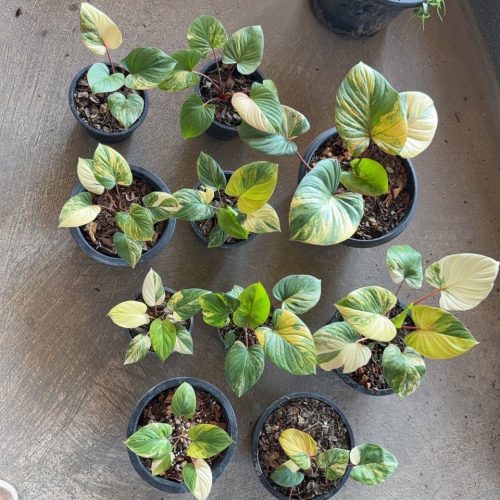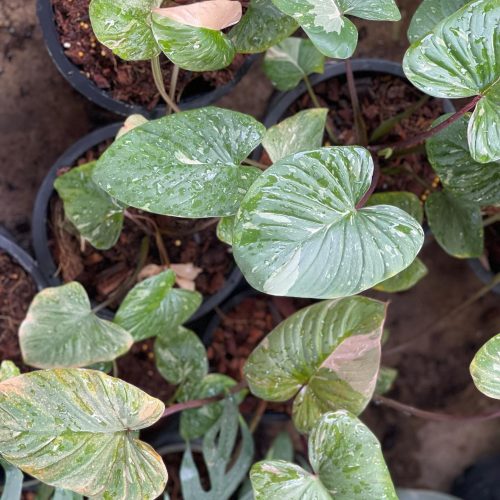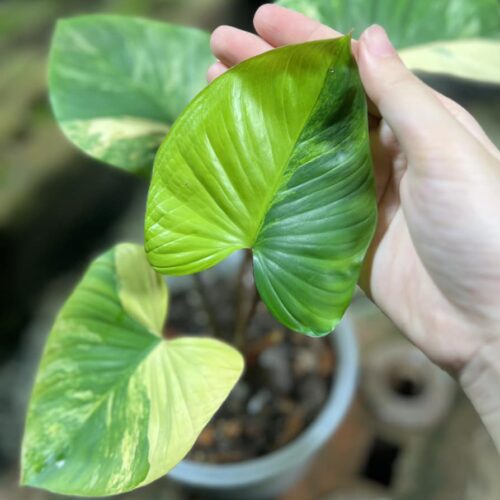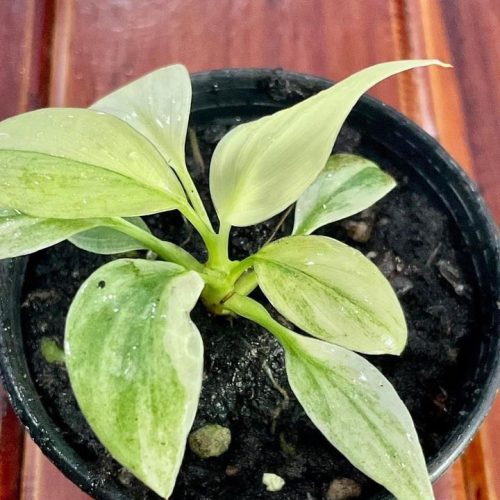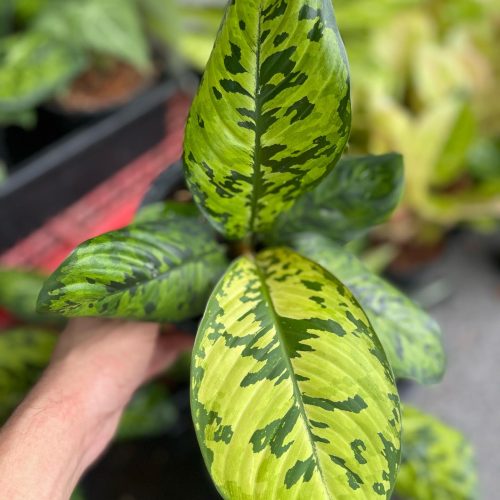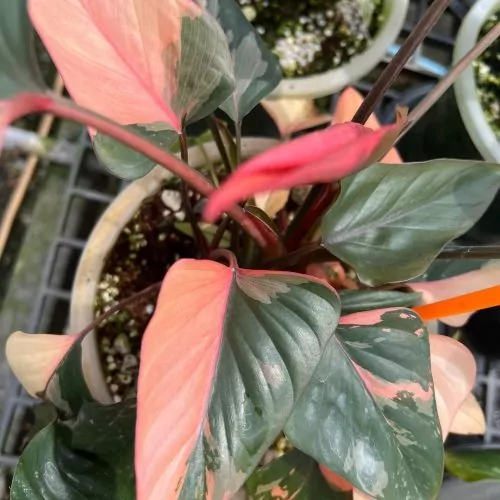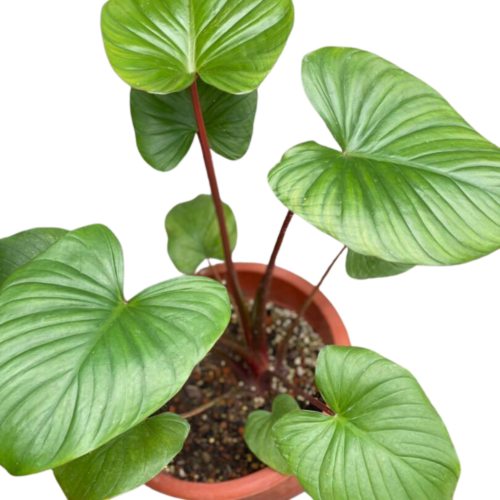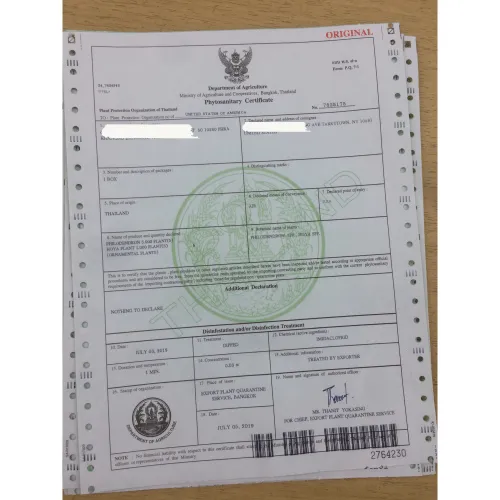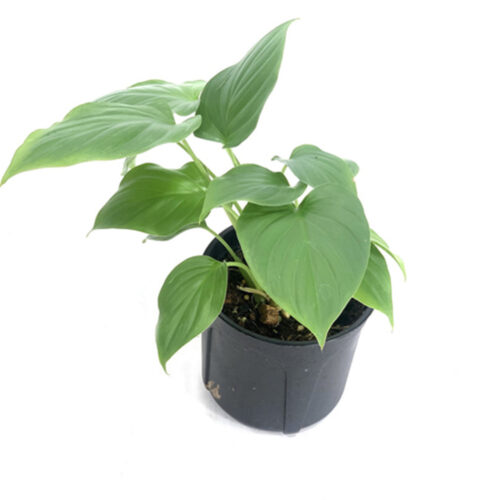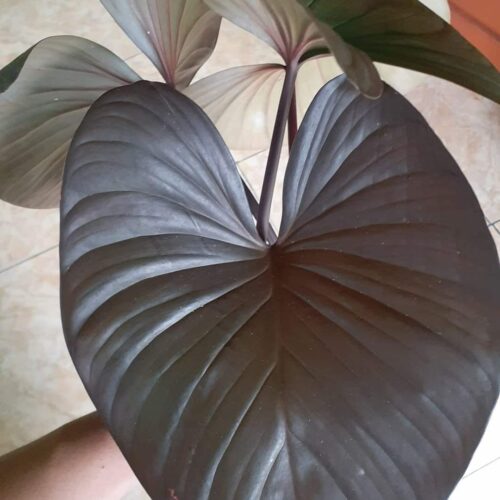Homalomena are a genus of flowering plants in the Araceae family, commonly known as emerald jewel plants or rabbit’s foot. They are native to tropical regions of Asia and make for popular houseplants. However, in order to keep Homalomena healthy and thriving, it’s important to provide the right temperature conditions. Here we’ll explore Homalomena’s ideal temperature range and requirements.
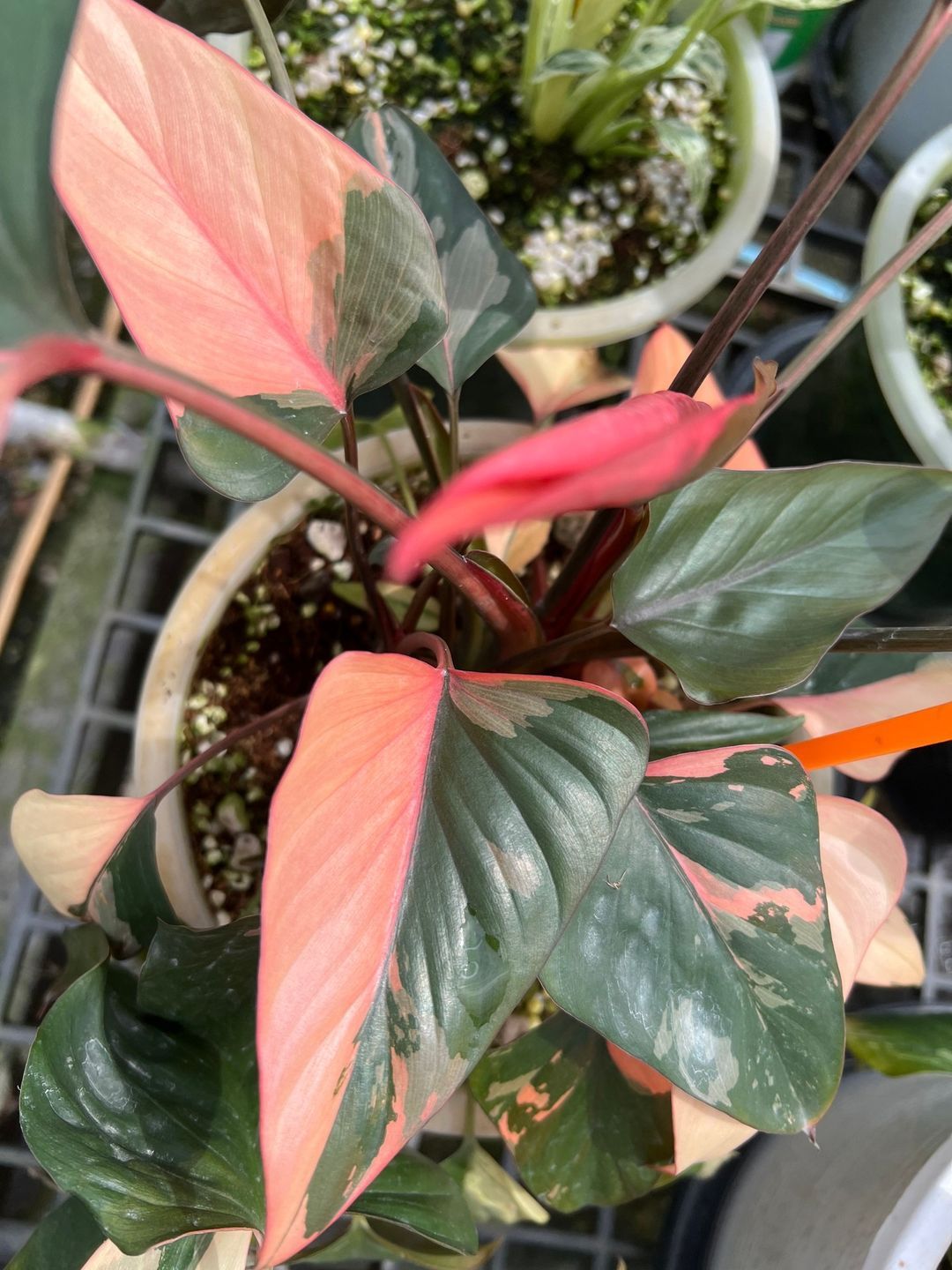
Ideal Daytime Temperatures
Warm Conditions Promote Growth
Homalomena prefer warm daytime temperatures between 70-85°F (21-29°C). These tropical plants originate from Asian rainforests and are accustomed to steady warmth. Warm conditions will keep their metabolism active and promote lush, vigorous growth. Cooler temps below 65°F (18°C) can cause growth to slow. Leaves may curl or take on a droopy appearance if a Homalomena gets too chilly.
Fluctuations During Day & Night
It’s fine for temperatures to fluctuate 10-15°F between day and night. In fact, a drop into the 60s Fahrenheit at night is beneficial and mimics the natural variation Homalomena experience in rainforest understories. Just be sure the daytime temperature rises back up to provide adequate warmth. As long as they get several hours of warmth, Homalomena can tolerate temporary dips.
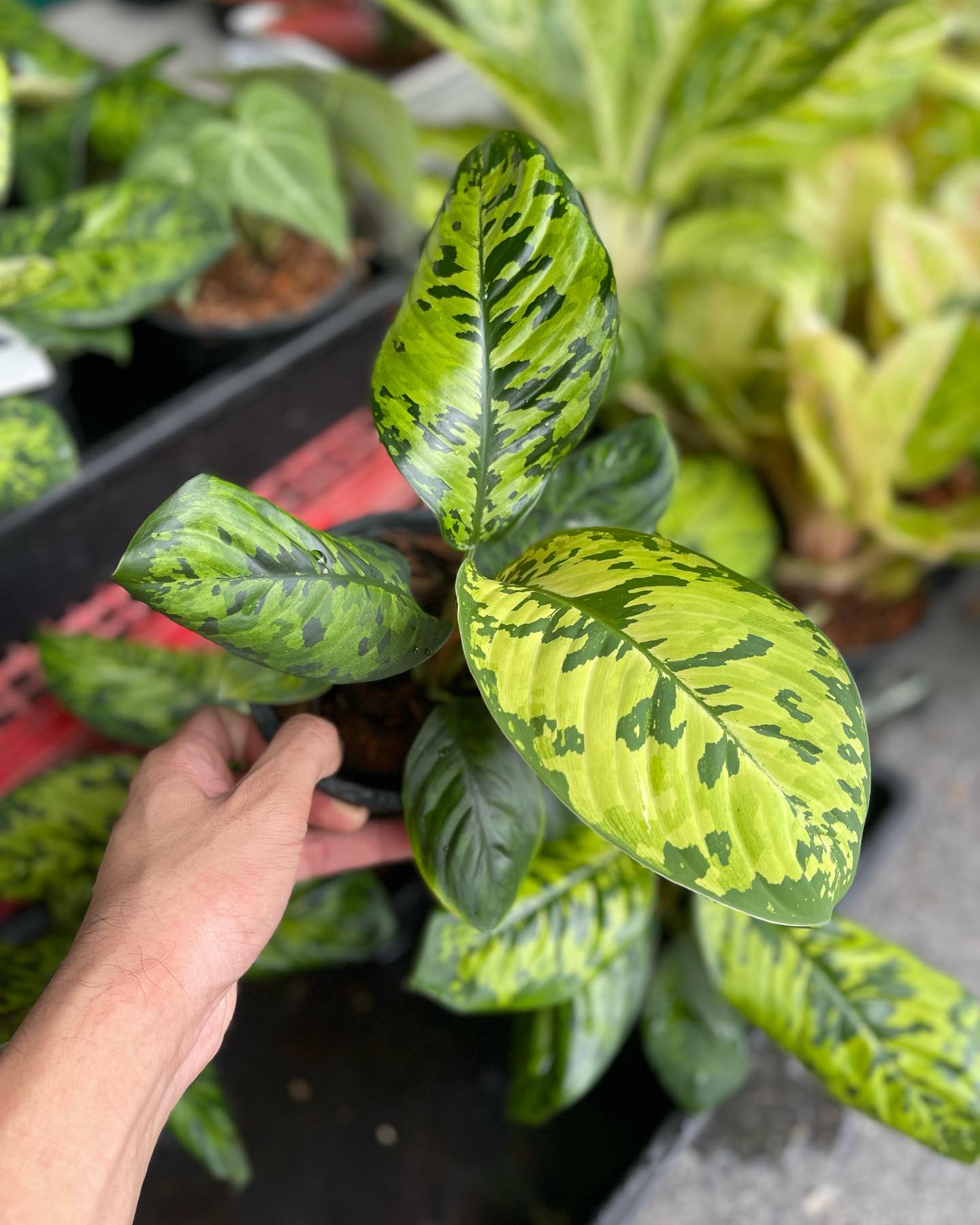
Minimum Nighttime Temperatures
Low Limit is 50-55°F
While Homalomena enjoy balmy days, they can endure much cooler nights. Their minimum nighttime temperature is about 50-55°F (10-13°C). Dipping into the 40s F (4-9°C) on occasion is generally fine if the exposure is brief. However, prolonged cold below 50°F will cause damage. Leaves may yellow, wilt, or develop crispy brown edges. Growth will stall as the plants focus their energy on survival instead.
Keep Away From Cold Drafts
Be sure to site Homalomena away from cold windows, AC vents, or drafty doorways where cold air may settle. This minimizes temperature fluctuations and prevents excess chilling. Keep them in the warmest location possible overnight to maintain growth momentum. An area with southern exposure that collects daytime heat is ideal.
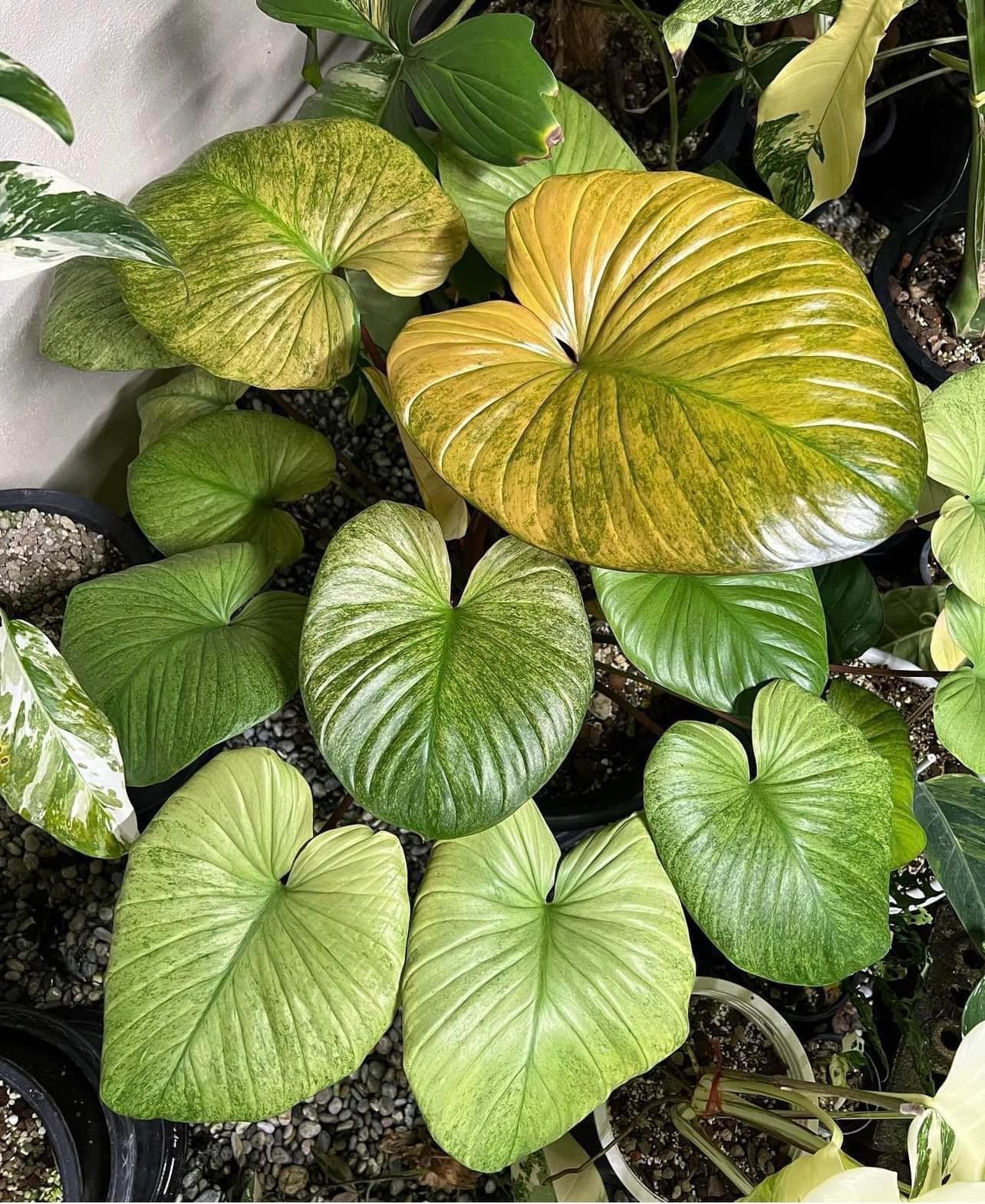
List of the most sought after Homalomena species in 2023
Optimal Humidity Levels
High Humidity Essential
Warm temperatures aren’t the only requirement for healthy growth. Homalomena also demand high humidity levels of 60-80% RH to thrive. Their native rainforest homes are very humid year-round. Replicating steamy conditions prevents stressful moisture loss from their foliage. Dry air causes crispy leaf edges and may lead to slowed development.
Boost Humidity As Needed
If your home trends on the dry side, take measures to increase moisture. Use a humidifier nearby, place the pot above a pebble tray, or group with other tropicals to elevate ambient humidity. Misting leaves allows occasional hydration but doesn’t raise RH effectively. For best results, sustain 60% RH or greater in Homalomena’s microclimate.
Coping With Temperature Extremes
Heatwaves Can Cause Leaf Scalding
While Homalomena thrive in warmth, extreme heat can actually damage leaves. If temperatures soar above 90°F (32°C), leaves may develop dry brown scorch marks. Place plants in the coolest area possible during heatwaves, offer ample water, and monitor closely. Light shade from a sheer curtain reduces leaf heating as well. As long as high temps are temporary, growth should resume nicely once conditions moderate.
Temporary Cold Exposure
If a cold snap occurs and temps plunge, take action to insulate plants. Move pots close together to share warmth. Drape light sheets or frost cloth over plants, securing the edges to trap heat against foliage. Avoid direct cold drafts. A dose of liquid fertilizer shortly after chilling can aid recovery too. With quick intervention and TLC, Homalomena can bounce back from brief temperature dips remarkably well.
Providing Stable Conditions
Ultimately, Homalomena thrive best when kept at the steady temperatures they prefer. Avoid placing plants in unreliable microclimates prone to extremes or fluctuations. Once situated in an appropriate spot, utilize heating, cooling, lighting and humidity modifications as needed to fine-tune their environment. Given warm, balmy, humid surroundings, your Homalomena will reward you with vigorous, healthy growth year-round. Monitor closely and make adjustments as seasons shift to sustain ideal conditions.
Where to buy Homalomena? Benefits from importing plants from Thailand
- Shipping: Door to door shipping, fast and safe with Dragon Courier
- Biodiversity: Thailand is known for its rich biodiversity, including a wide variety of aroid species. This diversity allows importers to access a broad range of unique and exotic aroid plants.
- Quality and Health of Plants: The suitable climate helps the plants grown here stay healthy and of high quality.
- Cost-Effectiveness: Due to favorable growing conditions and efficient production methods, Thai aroid plants can often be more cost-effective compared to those from other countries.
- Access to Hybrid Varieties: Thai growers are often involved in the development of new hybrid aroid varieties, offering unique plants that may not be available from other sources.
Homalomena species are the most sought after by aroid plant lovers
Conclusion
Homalomena are tropical plants requiring specialized care to flourish. They demand warm daytime temperatures around 70-85°F combined with 60-80% humidity. Nighttime lows should remain above 50°F. Take steps to sustain appropriate conditions year-round, and shield plants during occasional heatwaves or cold snaps. Given a stable environment resembling their native Asian rainforest homes, Homalomena will grow lush and full in indoor settings. Adjust supplemental heating, cooling, lighting and humidity as required to provide an ideal microclimate. With some attentive care, these eye-catching emerald jewels can thrive!
FAQ
- What are the ideal temperature and humidity levels for growing Homalomena plants?
- Answer: Homalomena plants thrive in temperatures between 65°F to 80°F (18°C to 27°C) and prefer humidity levels of 50% or higher. Maintaining these conditions will promote healthy growth.
- How can I increase humidity for my Homalomena plant?
- Answer: You can increase humidity by misting the plant regularly, placing a humidity tray nearby, or using a humidifier. Grouping plants together can also raise the humidity in their immediate environment.
- Can Homalomena tolerate lower temperatures?
- Answer: While Homalomena prefers warmer temperatures, some species can tolerate brief periods of slightly cooler temperatures, but they should be protected from frost or prolonged cold spells.
- What happens if Homalomena is exposed to excessive humidity or cold temperatures?
- Answer: Excessive humidity can lead to fungal issues, and prolonged exposure to cold temperatures can cause damage to the plant, including leaf discoloration and wilting. It’s essential to maintain the recommended temperature and humidity range.
- Should I adjust temperature and humidity for different Homalomena species?
- Answer: Yes, different Homalomena species may have slightly varying temperature and humidity preferences. It’s best to research the specific requirements for the species you are growing to ensure optimal care.
See more Homalomena Lighting Tips: A Balancing Act for Exotic Beauty

